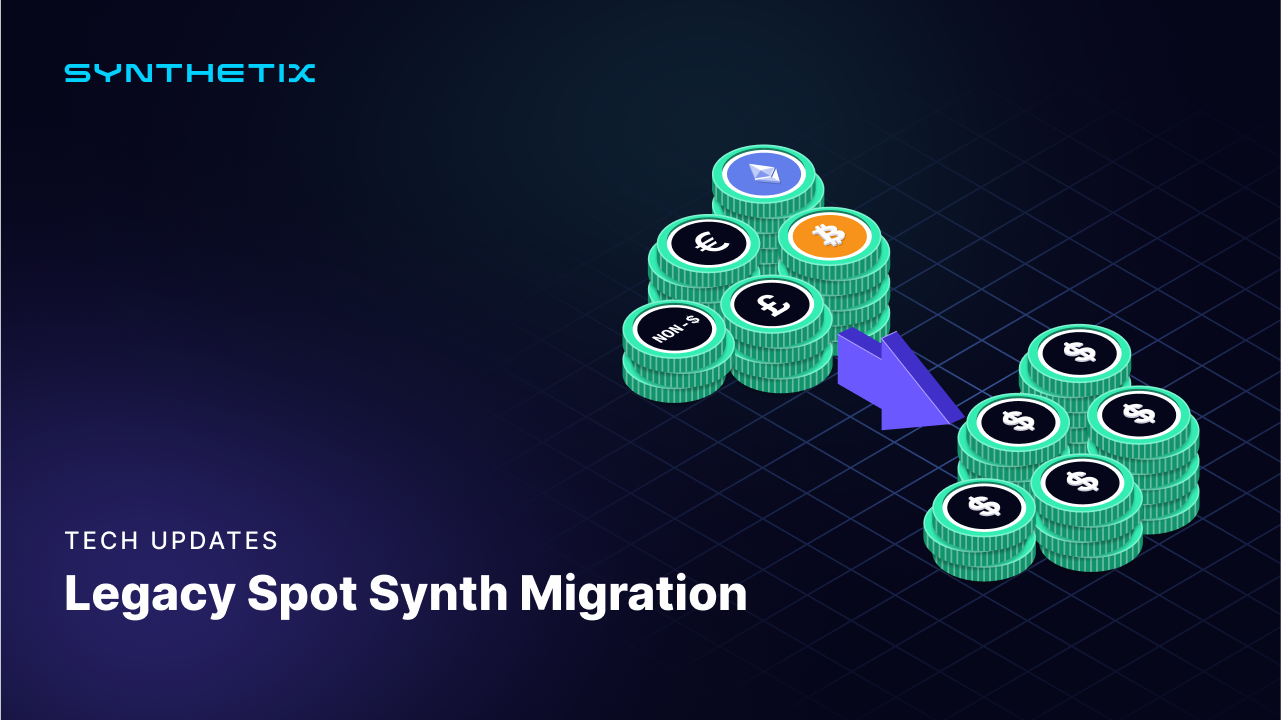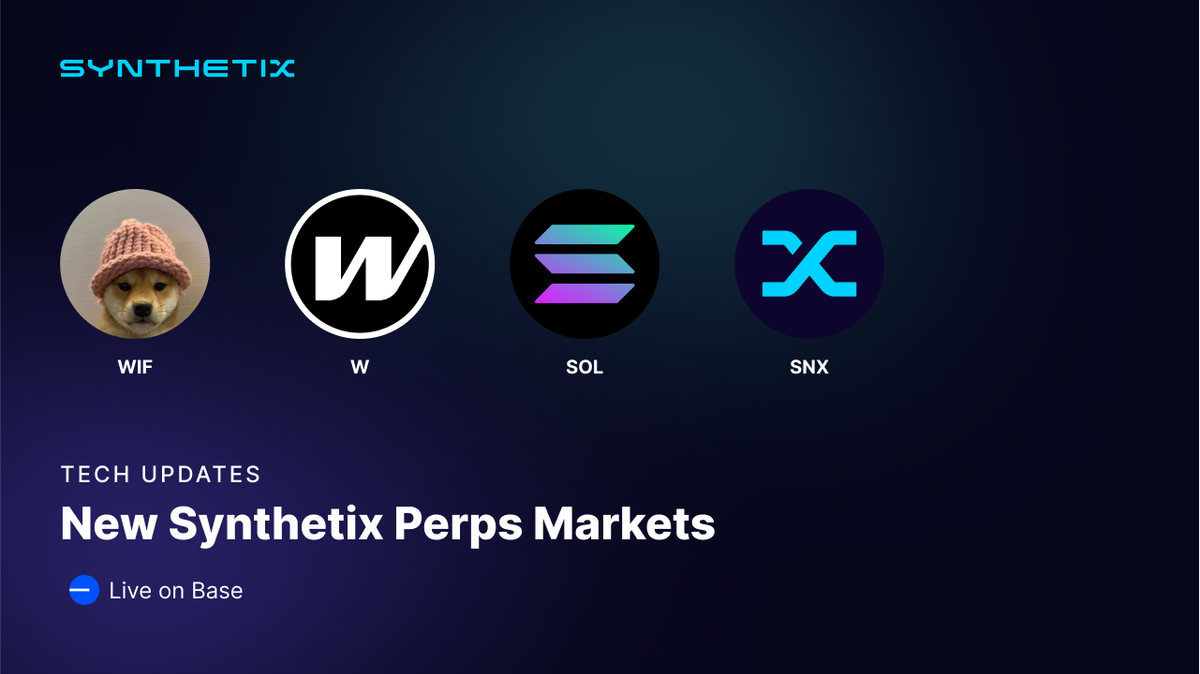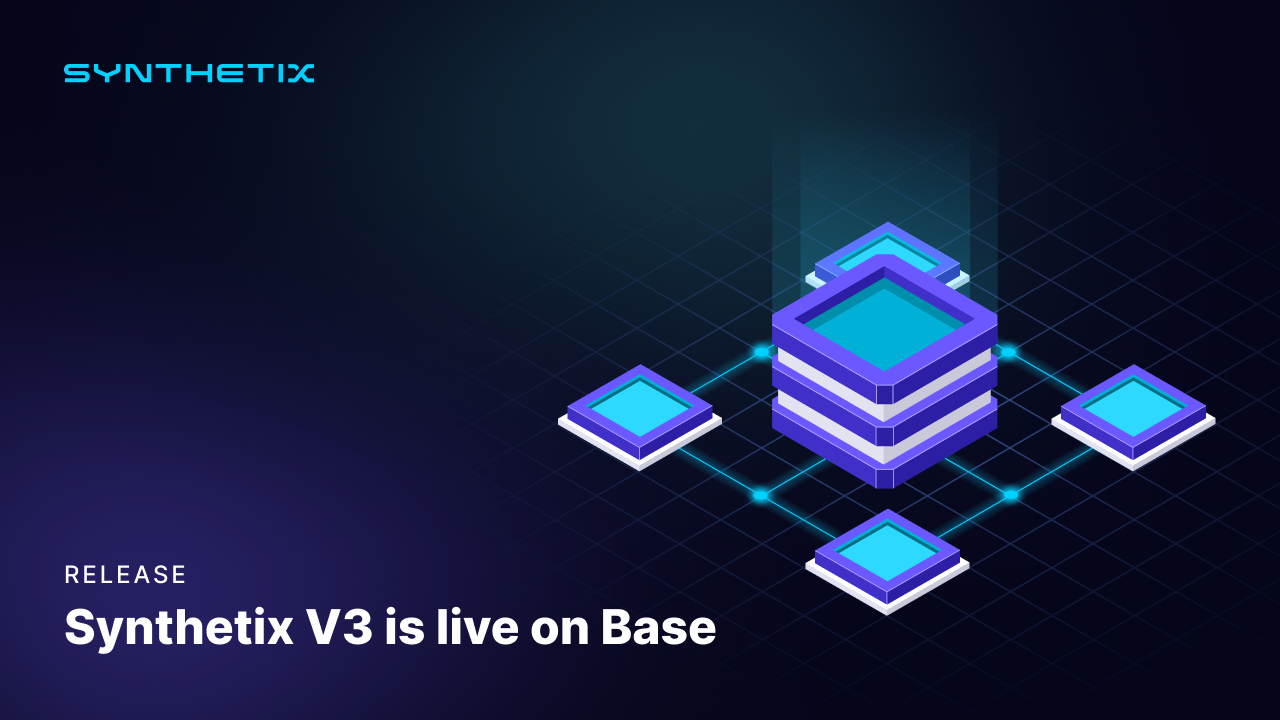It seems similar each fewer months, there’s a achromatic swan lawsuit successful crypto. In conscionable the past 3 years, there’s been Black Thursday at the commencement of Covid, DeFi summertime 2020, the 2021 bull market, Luna/3AC, and past the FTX collapse. The nonaccomplishment of SVB and the burgeoning banking situation that’s unfolded implicit the past 2 weeks is the latest unprecedented incident.
Soon aft the FDIC announced it had taken implicit SVB connected Friday March 11, USDC – the astir trusted stablecoin – began drifting from its peg. It past plunged erstwhile Circle revealed it had $3.3bn of currency locked up astatine SVB, and past dropped further erstwhile they halted redemptions earlier bottoming retired astatine $0.87. As the play went connected and with markets closed, USDC’s on-chain terms became a proxy betterment complaint for SVB depositors, trading sideways beneath its $1.00 peg. This carried connected until the FDIC announced connected Sunday evening that each SVB deposits would beryllium accessible astatine Monday’s marketplace open.
As the chart supra from Coin Metrics shows, USDC wasn’t the lone stablecoin connected the move. Dai (aka “wrapped USDC”) mirrored USDC’s price, portion USDT traded astatine $1.01+, arsenic investors were consenting to wage a premium for stability.
DEX measurement soared on-chain, posting an all-time regular precocious of $25bn (Uniswap ended astatine $12bn, while Curve had $8bn). MEV-Boost besides posted an all-time high. For a DEX, a depeg – oregon immoderate volatility – is simply a bully thing; there’s nary strain connected the strategy and fees skyrocket. This is not existent for DeFi lending, wherever a depeg could destruct a protocol if hazard and volatility are not decently governed.
Each of the large lending protocols (Maker, Aave, and Compound) responded rapidly with exigency governance actions, and are present discussing semipermanent changes to insulate their protocols from nonaccomplishment successful the lawsuit of different depeg. The interaction of these changes volition hinge connected whether they heed the cardinal lessons from this latest incidental (more connected that later). First, here's however the Big Three fared:
Where they were: Prior to the USDC depegging, Maker held $2.4bn of USDC (5% of USDC’s circulating supply). Almost each of this sits successful Maker’s Peg Stability Module (PSM), which enables 1:1 speech betwixt Dai and USDC.
During the depeg: As investors sold USDC (typically for USDT) and pushed down the price, galore USDC holders deposited their USDC successful the PSM, minted Dai, and past sold the Dai. This meant that Dai’s terms somewhat lagged USDC’s price, due to the fact that the PSM enabled the aforesaid merchantability unit connected Dai by allowing 1:1 minting. This resulted successful $2bn of further USDC inflows, which Maker is present stuck with. MakerDAO governance went into exigency mode, adding a 1% interest to the PSM (plugging the hole), reducing the indebtedness limits connected each USDC-based collateral, and expanding the indebtedness bounds connected USDP (which didn’t endure depegging issues). It besides updated protocol parameters to let indebtedness ceiling adjustments to bypass the Governance Service Module (GSM) Delay.
Going forward: Dai is present much backed by USDC than it was anterior to the depeg. No 1 successful the Maker assemblage is peculiarly blessed astir this, but successful emblematic DAO fashion, they inactive can’t hold connected a program to wean themselves disconnected of USDC. Increasingly, it looks similar Maker volition travel successful the absorption of its founder, Rune Christensen. He besides prefers the astir utmost option: decoupling Dai from the US dollar to go an autarkic unchangeable currency.
It’s hard to quadrate this imaginativeness with the world of the present and now. There’s astir $6bn of Dai successful circulation that desperately wants to beryllium pegged to the dollar. Rune’s ideas don’t look to admit that Dai is simply a merchandise that already has marketplace adoption. And close now, it inactive needs to run wrong the confines of its self-imposed USDC straightjacket.
Where they were: Compound is successful the midst of transitioning to v3, portion besides trying to spell multi-chain and claw backmost immoderate marketplace stock from Aave. USDC was hardcoded astatine $1.00 successful its v2 contracts, and Compound exclusively uses it arsenic the borrowing plus successful v3.
During the depeg: The Compound v2 Pause Guardian (a multisig) halted USDC proviso transactions, portion continuing to let each borrowing. It did not intermission Dai proviso transactions adjacent though it mirrored USDC’s fall, apt due to the fact that the protocol adapted to its terms diminution due to the fact that it was not hardcoded.
Notably, Gauntlet recommended pausing borrowing for each assets, a overmuch much assertive measurement that was not implemented. Their interest focused connected Compound users who were recursively borrowing – simultaneously supplying a stablecoin portion besides borrowing a stablecoin. Given the precocious loan-to-value ratio (LTV) of stablecoins and their terms correlations, traders are capable to marque a levered stake portion besides farming COMP. The biggest hazard of this enactment during the depeg came from an code that supplied 20.7m USDC and borrowed 17.1m USDT.
Presumably, this was a leveraged stake to abbreviated USDT. That was not the close stake pursuing the USDC depegging, but with the terms hardcoded astatine $1.00, this presumption was safe.
Going forward: All eyes are connected v3 and Compound’s enlargement to different chains, with Arbitrum and Optimism up first. Compound did not instrumentality immoderate hazard mitigation measures connected v3 during the depegging event, due to the fact that “Compound v3 features an upgraded hazard engine”. On v3, lone USDC is borrowable, truthful determination was nary hazard of atrocious indebtedness accruing due to the fact that USDC is not utilized arsenic collateral.
Where they were: Aave has ever been the astir assertive lending player, whether it beryllium via marketing, adding caller assets, oregon expanding to caller chains. It released its v3 six months earlier Compound, and was further on successful the deployment process; v3 was moving unrecorded connected Avalanche, Arbitrum, Optimism, Polygon, and Mainnet. While not yet implemented connected each chains, v3 besides features E-Mode (efficiency mode), which enables higher borrowing powerfulness for assets with correlated prices.
During the depeg: USDC was not hardcoded to $1.00, truthful the protocol’s oracle instantly registered the declining terms of the more-than 1 cardinal USDC deposited into Aave. On v2, with a LTV ratio of 85%, the protocol would lone instrumentality connected losses if USDC dipped nether $0.85 and failed to stabilize. So portion the Aave warfare room debated whether to intermission v2 connected Ethereum (the largest market), it yet did not and USDC’s peg yet recovered.
Outside of Ethereum, determination were issues: Aave incurred atrocious indebtedness and had to instrumentality exigency action. This was for 2 reasons. First, determination was little USDC liquidity connected smaller chains, with astir of it bridged USDC (as opposed to native). Second, Aave v3 connected these smaller chains had E-Mode enabled. This allows borrowing of up to 97% of stablecoin collateral and has a liquidation threshold astatine 97.5%, truthful there’s a precise choky set for steadfast liquidations.
As the terms of USDC dropped, galore recursive stablecoin borrowers should person been liquidated (when USDC deed $0.97), but astir were not – USDC liquidity was crumbling truthful it wasn’t appealing to liquidate (especially with a debased liquidation penalty). As the terms of USDC continued to drop, the protocol missed the model for steadfast liquidations (where the worth liquidated and returned to the protocol exceeds the outstanding indebtedness that is paid off). Avalanche was deed worst worst, incurring astir $300k of atrocious debt. This prompted the Aave Guardian to frost the USDC, USDT, Dai, Frax, and Mai markets connected Aave v3 Avalanche.
Going forward: The Avalanche markets were unfrozen earlier this week, with plans for the proviso caps to beryllium drastically reduced. And now, Aave governance is discussing what adjustments to marque to E-Mode, which is starring to a frank treatment connected what precisely is the people usage lawsuit for E-Mode. The main occupation during the depeg was that immoderate of the assets successful E-Mode depegged unneurotic (USDC/Dai) portion others did not (USDT). E-Mode leaves a protocol susceptible to a depegging incident, which is by quality hard to predict. Aave has yet to walk immoderate changes to E-Mode, but the current assemblage consensus seems to beryllium to trim the LTV ratio for stablecoins successful E-Mode to insulate the protocol against the hazard of a depeg. Any accommodation to E-Mode parameters volition pb to significant liquidations if positions are not unwound earlier the alteration is enactment into effect.
First, recursive borrowing whitethorn not beryllium worthy the heightened risk. Borrowing and supplying the aforesaid stablecoin is not risky to the protocol - though we bash question its inferior to the protocol; the bigger hazard to protocol solvency is from users that simultaneously proviso 1 stablecoin and get another. Recursive borrowing is profitable for the idiosyncratic due to the fact that of protocol oregon concatenation rewards, and protocols similar it due to the fact that it tin foodstuff its gross (E-Mode connected Avalanche yielded astir $2.5m past year). Is the gross and idiosyncratic maturation capable to warrant the added risk? A imaginable aboriginal power connected the reply whitethorn beryllium the emergence of the ETH liquid staking derivatives (LSD), which volition wholly upend the lending market. Having a strategy (like E-Mode) that could efficiently negociate aggregate LSDs arsenic collateral could beryllium precise appealing to borrowers.
Second, USDC whitethorn go much entrenched into lending protocols. It’s analyzable to negociate aggregate stablecoins successful a shared lending pool. As much lending moves into isolated pools, those volition apt travel with a azygous borrowable plus (like Compound v3). You could person a ETH-USDC, ETH-Dai, ETH-USDT pool, but protocols whitethorn drift towards a preferred stablecoin arsenic not to siphon liquidity. Aave’s E-Mode would person little insolvency hazard if it lone included USDC-backed stablecoins (like Dai and Frax).
Third, a governance strategy and assemblage that tin respond successful existent clip is important to ensuring capable hazard management. DeFi OGs volition callback the disorder and panic successful Maker governance successful the months pursuing Black Thursday successful 2020, erstwhile Dai consistently traded supra its $1.00 peg. Those DeFi days are over. Unlike successful 2020, determination was a swift effect and progressive treatment amongst a wide scope of stakeholders astatine Maker, Compound, and Aave pursuing the depeg. Some whitethorn deliberation that DeFi indispensable prioritize governance minimization, but for a lending protocol governance is an unavoidable reality, fixed the request to equilibrium superior ratio and protocol solvency.
It was not a flawless play for DeFi, but the quickness of the governance effect underscores however acold off-chain coordination successful DeFi has come.
Special acknowledgment to Nick Cannon, Luigy Lemon and Ross Galloway for inspiration and feedback connected this post.
mevnomics.wtf Link
Coinbase to adhd Uniswap and Aave to L2 Base Link
Data and investigation connected DEX measurement implicit past 7 days Link
The Espresso Sequencer aims to decentralize rollup sequencers Link
Lido to let ETH withdrawals “in mid May” Link
Idex v4 to motorboat connected May 22 Link
ARB airdrop Dune dashboard from Blockworks Link
Bailout brink: The communicative of 2 slope collapses [David Phelps]
Encrypted mempools [Jon Charbonneau]
Does FEDnow mean quicker slope runs? [JP Koning/Moneyness]
MEV: The emergence of the builders (Part 2) [Christine Kim/Galaxy Digital]
Roundtable: How to forestall DeFi oracle attacks [EigenPhi]
VCs arsenic keepers: The emergence of capitalist web information [Caleb Tebbe & Alan Curtis/ Blockchain Capital]
Catching up connected MEV [Benny Attar/Setira Research]
That’s it! Feedback appreciated. Just deed reply. Written successful Nashville, wherever outpouring has sprung! I’ll beryllium successful Austin the week aft next. Reach out if you’re around.
Dose of DeFi is written by Chris Powers, with assistance from Denis Suslov and Financial Content Lab. Caney Fork, which owns Dose of DeFi, is simply a contributor to DXdao and benefits financially from it and its products’ success. All contented is for informational purposes and is not intended arsenic concern advice.

 1 year ago
281
1 year ago
281





 English (US)
English (US) 